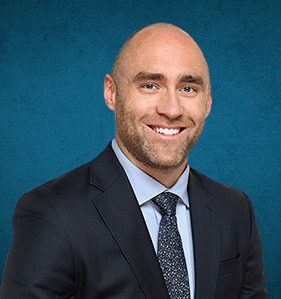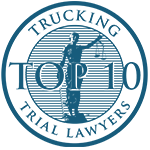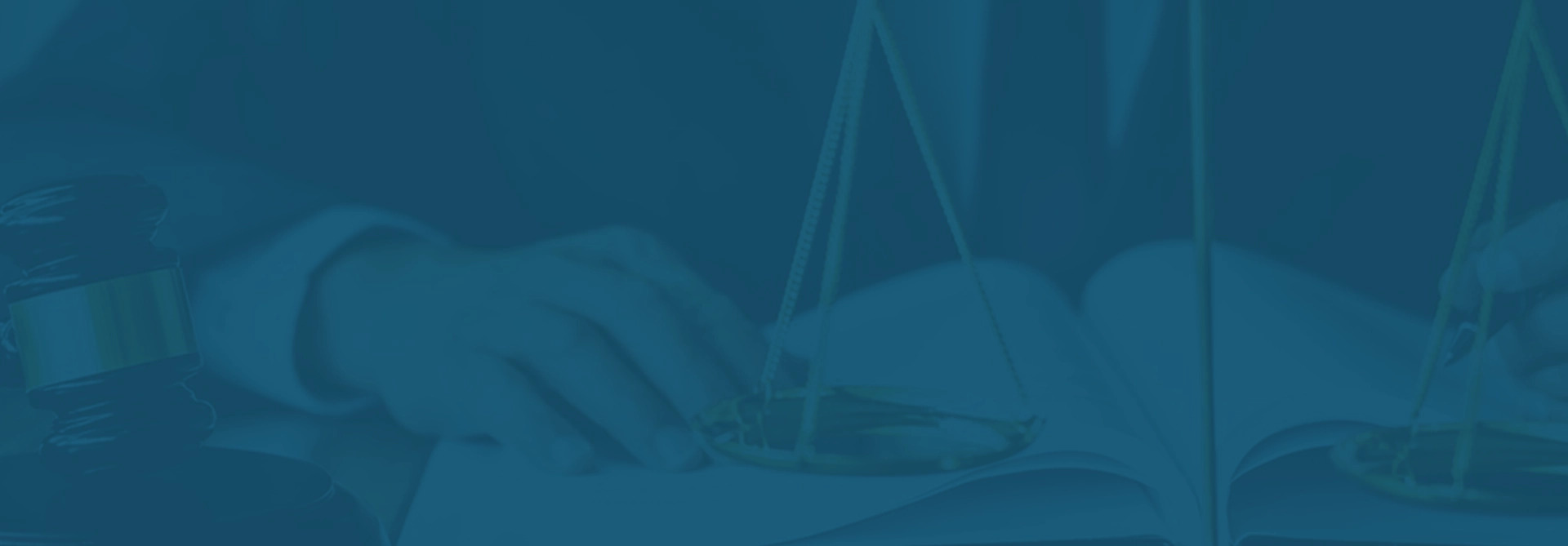CALL (512) 246-2224 FOR A FREE CONSULTATION WITH ONE OF OUR PRODUCT LIABILITY ATTORNEYS
When we purchase consumer goods, such as a new coffee maker or a lawnmower, we typically expect the product to operate as it should. However, products can be defective. In some cases, the defect may be minor and harmless. In other cases, the defect may put the consumer at risk of suffering a significant injury. In these scenarios, the manufacturer of the product may be held liable for the injuries. This article will discuss product liability, including what product liability law is, what types of injuries can occur, and what types of compensation may be available to an injured consumer.
If you or a loved one has been injured to a defective product of any kind, call Zinda Law Group at 512 246 2224 for a free case evaluation. If we don’t win your case, you will not owe us anything.
What Is Product Liability?
Although many people are familiar with the term “product liability,” some may be unaware of the term’s actual meaning. Product liability refers to a manufacturer or seller of a product being subject to legal liability for placing a defective product into the market stream where it can be purchased or acquired by a customer.
Product liability law refers to the rules and standards by which a manufacturer or seller of a product must adhere to when placing a product on the market. Product liability law also sets forth what remedies may be available to a person who is injured by a defective product.
In general, the law concerning product liability requires that a product meet the ordinary standards and expectations of the consumer. When a manufacturer or seller places a product with an unexpected dangerous defect on the market, the product fails to meet the ordinary expectations of the consumer. In such cases, the manufacturer or seller may be subject to liability.
For instance, consider the manufacturer of a power tool that places a defective power drill on the market. If the drill is purchased by a customer, and the customer is later injured while using the power drill, the manufacturer may face liability if the customer can show that his or her injury was a result of the power drill being defective.
Because there is no federal product liability law, product liability claims are brought under the laws of the individual states. Although state laws may vary, product liability claims are typically based on theories of negligence, strict liability, or breach of warranty.
Common Product Defects
Almost any consumer product is susceptible of having a defect of some kind. Although some of these defects may be merely cosmetic or otherwise harmless, other defects can lead to serious injury. Listed below are examples of common product defects.
Machinery and Tools
Power tools such as drills, chainsaws, lawnmowers and leaf blowers are notorious for being subject to some sort of defect. Given the hazardous nature of these items, it follows that many people are injured from these products every year.
Pharmaceutical Products
Drug manufacturers are responsible for adhering to the Food and Drug Administration’s guidelines when it comes to fabricating, promoting, and selling their products. Even if a drug manufacturer follows these guidelines, the manufacturer may still be liable if a defective drug leads to illness or injury.
Automotive Products
Car companies and automobile manufacturers must design and equip their vehicles in a way that will promote the safety and well-being of the customer-driver. When a car is equipped with a defective part, such as faulty brakes, a broken steering wheel, or non-functioning airbags, these manufacturers may face liability for subsequent injuries.
Home Appliances
Many product liability cases involve everyday home appliances such as toaster ovens, coffee makers, or irons. When one of these products does not function as it supposed to, and injury results from the use of the defective product, the company that manufactured and sold the product can be liable.
E-Cigarettes
The trend towards using mechanical smoking products or smoking substitutes such as electronic cigarettes has led to the birth of a new area of product liability cases. Specifically, there have been several lawsuits alleging that e-cigarettes have malfunctioned, leading to burn injuries being sustained by the individual using the product. Manufacturers of e-cigarettes and vaping pens may be subject to liability if their defective product leads to a burn or other form of injury.
What To Do After Being Injured From a Defective Product
1. Seek Medical Treatment
The most important thing to do after sustaining an injury is to promptly seek medical attention, particularly if the injury is serious. Examples of major injuries which may require a visit to the hospital can include:
- Broken bones
- Severe cuts or lacerations
- Bleeding
- Stomach illness or vomiting
- Head and neck injuries
- Temporary blindness or deafness
Even if the injury does not seem serious at first, it may nevertheless be a good decision to seek medical attention. Many times, an injury may manifest or appear as a minor injury. However, if the injury is not properly treated by a medical professional within a reasonable time, the injury can worsen. Thus, it is important to consider taking a visit to a doctor or hospital, even in these types of cases.
2. File a Report or Complaint
Another important step that should be taken following an injury from a defective product is to file a formal accident report with the company who manufactured and sold the product. Such a report may prove to be helpful for several reasons. First, the report can serve as official evidence of the accident, as it may contain many important details such as when, where, and how the accident occurred. Second, the report will hopefully put the company on notice when it comes to fixing their products moving forward.
3. Document the Accident
Perhaps the most important step in this process is to document the accident. This means keeping and maintaining an organized file that contains every important piece of information relating to the accident and injury. For instance, you should consider keeping a folder containing documents such as:
- Photographs of your injuries
- Photographs of the defective product
- Purchase receipts
- Copies of the accident report or formal complaint
- Copies of witness statements, if any
- Medical and pharmacy bills
Keeping track of this information is critical because it may be helpful when it comes time to establish the extent of your injuries. Documenting the accident and injuries may also make it easier to remember important dates, such as when the accident occurred or when the product was purchased. Therefore, you should make a concentrated effort to be diligent about documenting the accident.
4. Contact an Attorney
Finally, you should contact a personal injury or product liability attorney. An attorney may want to meet with you to discuss the details of the accident. After learning about the accident and resulting injuries, the attorney may be able to provide legal advice regarding your options moving forward. If necessary, an attorney may also be able to begin the process of filing a formal lawsuit against the company that manufactured or sold the defective product.
How To File a Product Liability Claim
As previously mentioned, not every defective product case will require the need to pursue legal action. Many product defects are cosmetic in nature or lead to minor inconveniences rather than serious injuries.
However, many of these accidents do result in serious injury, which may require medical care or can lead to permanent disability. If you wish to pursue compensation for injuries and damages sustained following an injury due to a defective product, you may need to file a lawsuit against the company or entity whose actions or omissions caused your injuries. Listed below are the general steps that explain how to file a product liability claim.
1. File a Report or Complaint
The process of filing a formal report or complaint with the company who sold or manufactured the defective product as described above. This step is often the first step toward filing a formal product liability claim.
2. Contact an Attorney
The next step in the process is to contact an attorney. An attorney who handles products liability cases may be able to learn the facts of your case, provide legal guidance, and help facilitate the process of filing a lawsuit.
3. Investigation
The investigation phase of a product liability claim involves the attorney gathering critical facts and evidence which may be able to help establish fault on the part of the entity that sold or manufactured the defective product. For instance, the attorney may review company records or conduct thorough investigations to determine whether the company was negligent in any way when manufacturing or selling the product in question. The process may also involve accounting for each of your damages, such as medical bills and lost wages.
4. Settlement and Lawsuit
It is possible that your product liability claim may be litigated in court. Prior to litigation, you may have the option of accepting a settlement from the at-fault party or the party’s insurance company. If it is not in your best interest to accept the settlement offer, your case may go to court. At the trial stage, the attorney may be able to advocate on your behalf, putting together a case that is designed to show that the company should be liable for your injuries.
Product Liability Compensation
A person or entity may be held liable for the injuries of another if the party’s actions or failure to act caused the injuries. When it comes to product liability cases, this means that seller or manufacturer of a defective product, or their insurance company, may face legal repercussions for harm suffered by the victim, otherwise known as “damages.” The damages that may be awarded to a victim of a product liability case can be grouped into two broad and distinct categories: Economic damages and Non-economic damages.
Economic Damages
Economic damages are those which can be added up on paper. The primary forms of economic damages involved in a product liability case may include:
- Medical bills
- Lost income (present and future)
- Loss of earning capacity
- Repairs or replacement of damaged property
- Other out-of-pocket costs
Medical bills may refer to costs incurred by the victim for hospital stays, doctors’ appointments, pharmacy costs, and physical therapy. Lost income may include the time the victim missed from work due to the injury. If the injury prevents or impairs the victim’s ability to work in the future, lost income may also include the victim’s loss in earning capacity. If personal property was damaged or destroyed in connection with the product defect accident, economic damages might also include the money spent replacing or repairing the personal property.
Non-Economic Damages
Non-economic damages refer to intangible losses. These types of damages are subjectively evaluated by a jury in a lawsuit. Although this group of damages is harder to quantify than economic damages, non-economic damages may be more valuable than economic damages. Types of non-economic damages in a product liability case may include:
- Pain and suffering
- Emotional distress
- Disfigurement
- Disability
- Loss of consortium
Get Help From Zinda Law Group Today
If you have been injured by a defective product, you do not have the face the situation alone. Contact Zinda Law Group for a free case evaluation. Our experienced attorneys may discuss your situation and go over the options available. We work with the insurance companies and other parties involved in our clients’ behalf, ensuring the proper handling of the injury case.
Call the attorneys at Zinda Law Group today at 512 246 2224. If we are unable to win your case, you will not owe us anything!
Meetings with attorneys by appointment only.


























